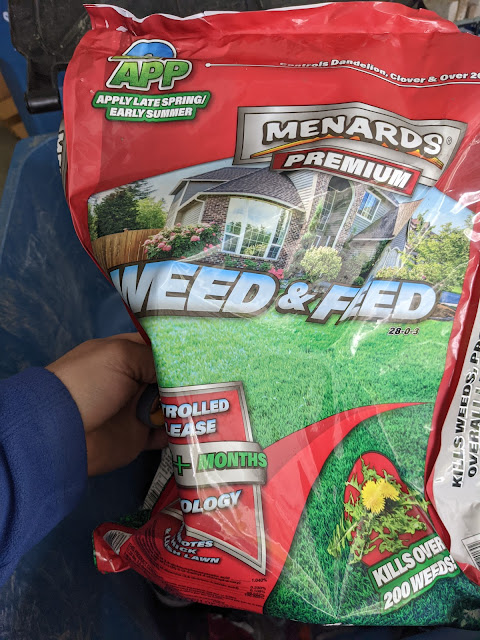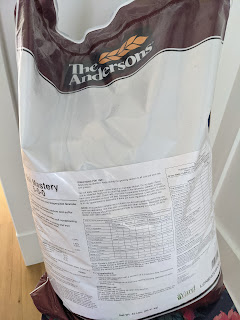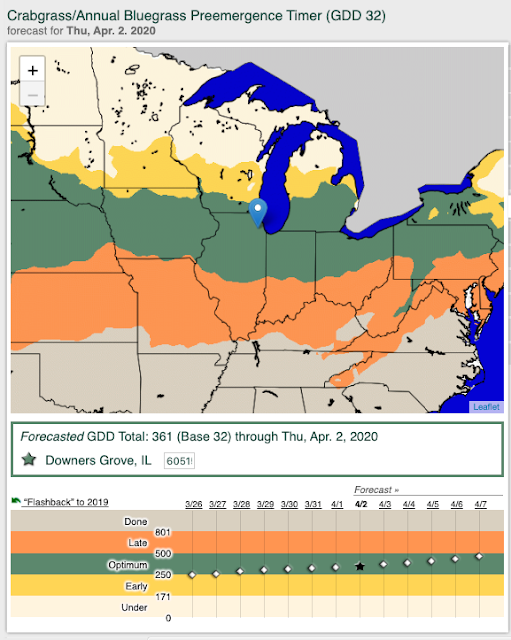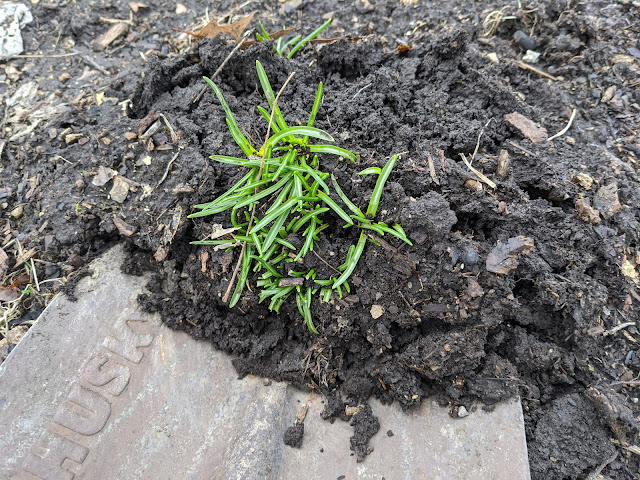Synthethic Weed and Feed - Applied to Backyard - May 2021

For the past few years, I've put nothing but organic/natural products down on the yard to control weeds, feed the turf and improve the soil. But, this year, I skipped the application of a pre-emergent and I'm dealing with A LOT more weeds in the backyard than I normally have at this time of year. I don't know if skipping the pre-emergent has to do with the weeds or if it is just a coincidence. But, I needed to take some action. I bought a concentrate to spray the weeds and applied that a couple of weeks ago. It worked - in spots - but wasn't enough. So, I went with what I consider a drastic measure: I bought a bag of Weed and Feed from Menards and threw it down in the backyard . I looked around for a weed control ONLY granular product, but didn't see something that would work, so I decided to use this combination product. Here's a look at the bag: Here's a closer look (below) at the makeup of the herbicide product including Dimethylamine Salt, Propi


















